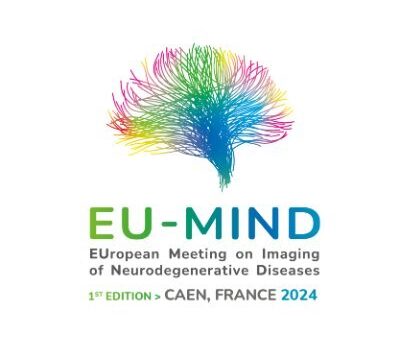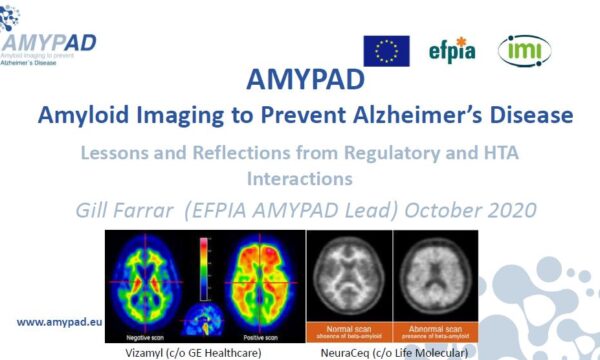What is your current role on AMYPAD?
Since 1st November 2020, I am academic co-lead of the AMYPAD WP4 (Risk stratification: natural history and enrichment strategies) and replace Jose Luis Molinuevo. I have already been sideways involved in WP4 as the PI of the EMIF preclinAD study, which is a parent cohort in the AMYPAD Prognostic and Natural History Study (PNHS) that now receives a repeated amyloid PET scans four years after baseline. My main task in WP4 is to supervise the data integration of the EPAD and parent cohorts and to guide WP4 data analysis. I have previously coordinate data pooling as part of FP5 Descripa, IMI projects EMIF, EPAD, ROADMAP, the Amyloid Biomarker Study and the Netherlands Consortium of Dementia Cohorts.
What is your overall vision?
Amyloid aggregation is the defining feature of Alzheimer’s disease. Among individuals with amyloid aggregation, however, there will be differences in what causes the amyloid aggregation and differences in the response to amyloid aggregation. These differences in underlying pathophysiology may be captured by molecular markers, For example, as part of EMIF-AD, we discovered 3 AD subgroups with hyperplasticity, inflammation, and blood brain barrier dysfunction, based on CSF proteomics (doi.org/10.1093/brain/awaa325).
What do you find most challenging about the project?
COVID-19 makes it challenging to perform the clinical studies in WP4. Data harmonisation always takes more time than expected.



